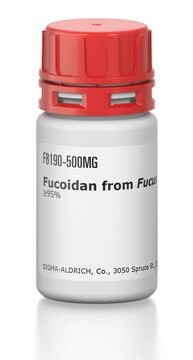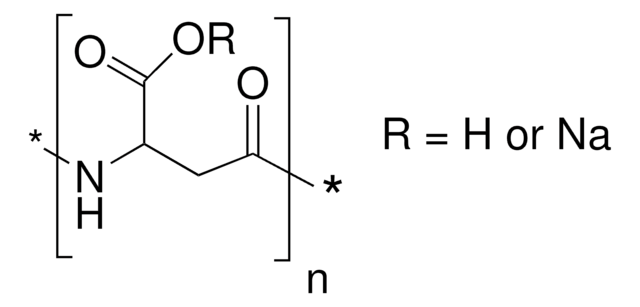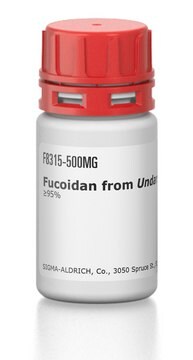P4154
Polyinosinic acid potassium salt
Homopolymer
Synonim(y):
Poly(I) potassium salt
Zaloguj sięWyświetlanie cen organizacyjnych i kontraktowych
About This Item
Polecane produkty
pochodzenie biologiczne
synthetic (organic)
Poziom jakości
Próba
≥98% (TLC)
Formularz
lyophilized powder
rozpuszczalność
water: 4.80-5.20 mg/mL, clear to hazy, colorless to faintly yellow
temp. przechowywania
−20°C
Szukasz podobnych produktów? Odwiedź Przewodnik dotyczący porównywania produktów
Zastosowanie
Polyinosinic acid (Poly(I)) is a homopolymer of inosine that may be used with polycytidylic acid (poly(C)) to form the double-stranded homopolymer (Poly(I) • Poly(C)). TLR3 recognizes double-stranded RNA and is a major effector of the immune response against viral pathogens. (Poly(I) • Poly(C)) is a used as a model RNA to study cell signaling at the level of TLR3. Poly(IC) is a TRIF-dependent toll-like receptor-3 (TLR3) ligand.
Uwaga dotycząca przygotowania
Prepared from IDP using polynucleotide phosphorylase.
Ta strona może zawierać tekst przetłumaczony maszynowo.
Kod klasy składowania
11 - Combustible Solids
Klasa zagrożenia wodnego (WGK)
WGK 3
Temperatura zapłonu (°F)
Not applicable
Temperatura zapłonu (°C)
Not applicable
Środki ochrony indywidualnej
Eyeshields, Gloves, type N95 (US)
Wybierz jedną z najnowszych wersji:
Masz już ten produkt?
Dokumenty związane z niedawno zakupionymi produktami zostały zamieszczone w Bibliotece dokumentów.
Klienci oglądali również te produkty
Overlapping and distinct roles of GRK5 in TLR2-, and TLR3-induced inflammatory response in vivo.
Packiriswamy N, Parvataneni S, Parameswaran N.
Cellular Immunology, 107-111 (2011)
Xingbo Wang et al.
Veterinary microbiology, 251, 108895-108895 (2020-10-31)
RNA binding ability and cellular distribution are important for nonstructural protein 1 (NS1) of influenza A virus to act as a viral regulatory factor to control virus life cycle. In this study, we identified that the N-terminal residues 19-21 of
Gennady Dvoryanchikov et al.
Nature communications, 8(1), 760-760 (2017-10-04)
Taste buds are innervated by neurons whose cell bodies reside in cranial sensory ganglia. Studies on the functional properties and connectivity of these neurons are hindered by the lack of markers to define their molecular identities and classes. The mouse
Activation of chemokine and inflammatory cytokine response in HCV-infected hepatocytes depends on TLR3 sensing of HCV dsRNA intermediates.
Li K, Li NL, Wei D, Pfeffer SR, et al.
Hepatology, 55(3), 666-675 (2011)
Caiqi Ma et al.
International journal of oncology, 54(2), 572-584 (2018-11-30)
Gastric cancer is one of the most malignant tumor types, and its metastasis is a notable cause of mortality. Among the methods of tumor metastasis, lymphatic metastasis is the predominant one in gastric cancer. A previous study reported that the
Nasz zespół naukowców ma doświadczenie we wszystkich obszarach badań, w tym w naukach przyrodniczych, materiałoznawstwie, syntezie chemicznej, chromatografii, analityce i wielu innych dziedzinach.
Skontaktuj się z zespołem ds. pomocy technicznej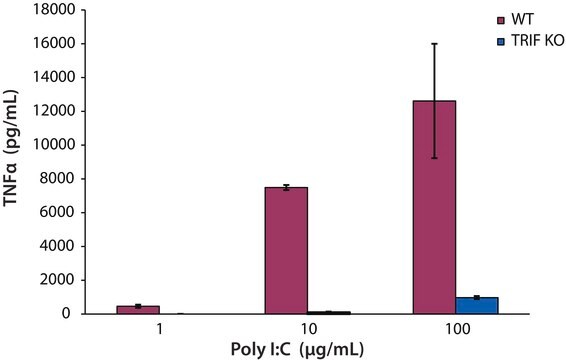
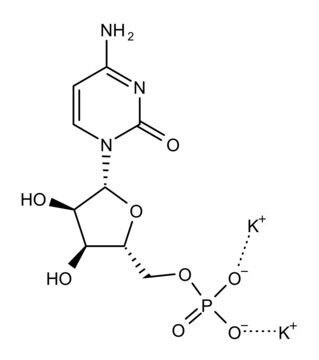
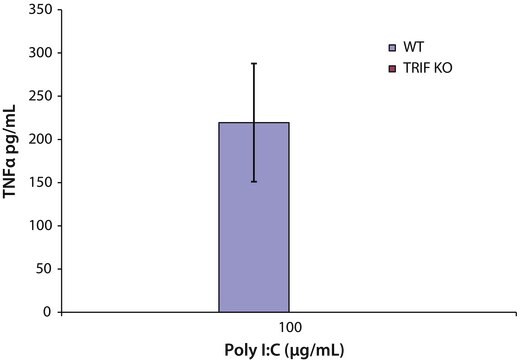



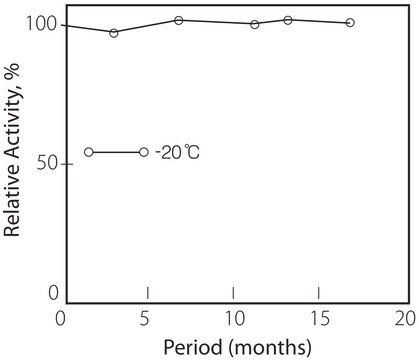

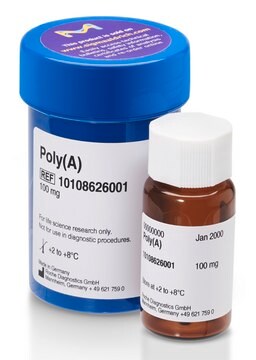
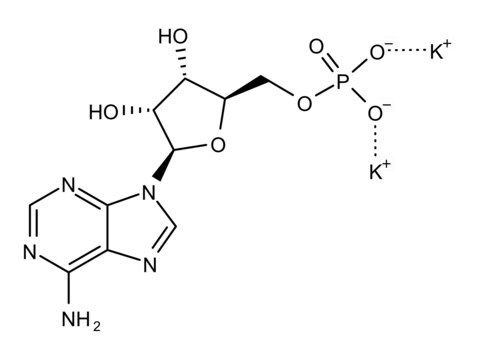
![Poly[d(I-C)] lyophilized, pkg of 10 U (10108812001 [A<sub>260</sub> units]), pkg of 50 U (11219847001 [A<sub>260</sub> units])](/deepweb/assets/sigmaaldrich/product/images/352/091/ef743cea-ccd8-44f1-8f3b-dec5a1e4f5d1/640/ef743cea-ccd8-44f1-8f3b-dec5a1e4f5d1.jpg)

